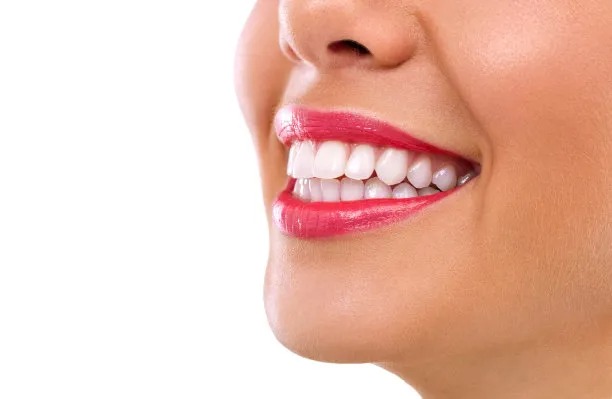The Essential Guide to Understanding When and Why You Might Need to Extract a Tooth
Summary: Extracting a tooth is a significant dental decision that can stem from various underlying issues. This essential guide delves into four primary reasons for tooth extraction: severe decay, overcrowding, gum disease, and impaction. Each aspect is explored in detail, outlining the circumstances leading to extraction and the potential long-term benefits. Understanding these factors empowers patients to make informed decisions about their oral health and dental care. By recognizing when extraction may be necessary, individuals can proactively manage their dental well-being and seek timely interventions, ultimately paving the way for healthier smiles.
1. Severe Tooth Decay and Infection

Severe tooth decay is one of the most common reasons for tooth extraction. When a tooth is compromised by extensive cavities, the damage can reach the inner pulp, leading to infection. This condition can cause significant pain and swelling, making it imperative to seek dental care. If the decay is too advanced, filling the tooth may not suffice, warranting extraction to prevent further complications.
Infected teeth can lead to systemic problems if bacteria enter the bloodstream, potentially affecting heart health and other vital organs. Therefore, a dentist may recommend removal as a necessary step not just for local relief but also for the protection of overall health. Addressing decay promptly can mitigate these risks.
Furthermore, removing a decayed tooth can provide the opportunity to restore health to the surrounding gums and bone. After extraction, a dentist may suggest options like implants or bridges to maintain functionality and aesthetics, making it crucial to manage severe decay decisively.
2. Dental Overcrowding Issues
Overcrowding often arises when there is insufficient space in the mouth for teeth to align properly. This common issue can lead to misalignment, tooth decay, and an increased risk of gum disease due to the difficulty of cleaning overlapping teeth effectively. In such cases, a dentist may suggest extractions as part of orthodontic treatment to create space for alignment.
Tooth extraction in the context of overcrowding can improve oral hygiene and prevent future dental complications. By removing specific teeth, dentists can allow the remaining ones to align better, which can lead to a more aesthetically pleasing smile. Additionally, it can also ease any associated discomfort caused by the pressure from overcrowded teeth.
Individuals considering orthodontic treatment should consult their dentist about the possibility of extraction. A tailored treatment plan can define which teeth should be removed and explore further orthodontic corrections to achieve the desired results.
3. Gum Disease and Related Complications
Gum disease, also known as periodontal disease, is a significant contributor to tooth loss when left untreated. Initially, gum disease causes inflammation and bleeding around the gums, but it can progress to deeper structures, jeopardizing the tooth’s support. When this happens, extraction becomes a necessary option to prevent further tooth loss and gum deterioration.
Patients experiencing advanced gum disease may also encounter pockets of infection around the teeth, which can be painful and may contribute to bad breath. In situations where the disease has led to the loosening of teeth, extraction may be recommended to remove those that can no longer be supported by healthy gums.
Post-extraction, patients can focus on regaining their oral health through proper dental care and regular check-ups. Treatment for gum disease can be more effective when the source of bacteria is eliminated, making this proactive step beneficial in ensuring long-term dental hygiene and health.
4. Tooth Impaction and Associated Risks
Tooth impaction occurs when a tooth does not fully erupt through the gum line, often seen in wisdom teeth. Impacted teeth can cause pain, swelling, and infection, leading many dentists to recommend extraction. If left untreated, impacted teeth may also create issues for adjacent teeth, such as misalignment or further oral infections.
Extracting impacted teeth is often a preventive measure that can save other teeth from potential damage. In younger patients, early intervention may prevent complications and promote a smoother transition to adulthood when dental space is at a premium due to wisdom teeth eruption.
Moreover, a timely extraction of impacted teeth can facilitate better oral hygiene practices. With the removal of these teeth, patients can maintain their oral health and avoid the complications associated with impacted teeth. Consulting with a dentist can determine the best course of action for those experiencing any form of tooth impaction.
Summary: Understanding the multifaceted reasons for tooth extraction can empower individuals to take charge of their dental health. Whether it involves severe decay, overcrowding, gum disease, or tooth impaction, recognizing when extraction is necessary can foster better oral health outcomes. Consequently, timely intervention ensures not only the removal of problematic teeth but also the paving of a path toward healthier smiles and more effective dental solutions.
This article is compiled by Vickong Dental and the content is for reference only


